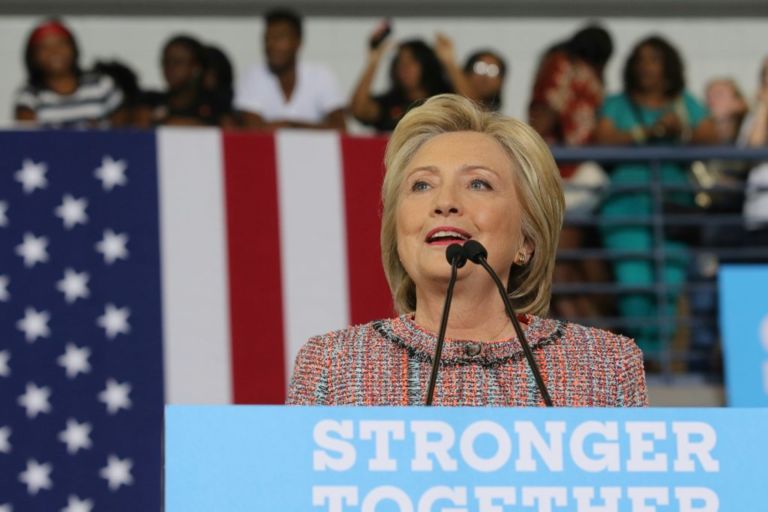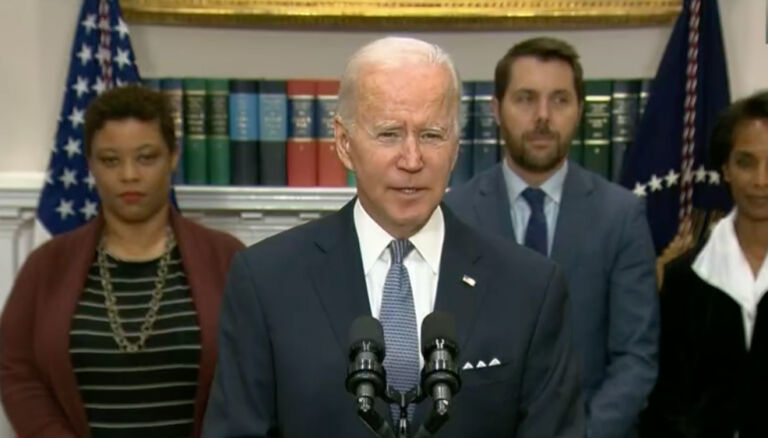With a new year upon us, let’s see how voter registrations have changed over the past two years.
Why look at changes over two years instead of one? The North Carolina State Board of Elections (SBE) conducts biennial list maintenance at the start of each odd-numbered year, removing hundreds of thousands of registrations that have been inactive and unreachable for almost a decade. While that maintenance is important, it means that measuring registration changes over a full two-year election cycle more accurately reflects what is happening in voter registrations.
I use data from the John Locke Foundation’s Voter Registration Changes page, which pulls data directly from the SBE.
Here are some of the key findings.
Democrats Down, Republicans Up, Unaffiliated Up a Lot
As of December 30, there are 2,414,165 Democrats, 2,220,460 Republicans, and 2,701,124 unaffiliated voters in North Carolina. As seen in the first chart, that represents a decline of 81,395 Democrats, an increase of 37,285 Republicans, and an increase of 232,212 unaffiliated voter registrations over the past two years. Overall, voter registrations increase from 7,195,641 to 7,393,190 during that period.

North Carolina’s three recognized minor parties have all grown over the past two years. The Libertarians grew by 2,174 registrations to 50,078, Neither the Green party nor the No Labels party were recognized at the start of 2022, so their growth numbers are also their total numbers; 1,795 for the Greens, and 5,478 for No Labels.
Democratic Decline Part of a Decade-long Trend
The decline in the number of registered Democrats is not new. It began during the Obama administration after a surge of Democratic registrations ahead of the 2008 presidential election. The rise in unaffiliated registrations is also a long-term trend.
The chart below shows party registrations on the last Saturday of the past ten years. Over that time, Democratic registrations declined by 337,185 while Republican registrations increased by 205,550. If the current trends hold, there will be more Republicans than Democrats in North Carolina sometime in 2027.

However, the biggest story is the continued rise of unaffiliated registrations. They increased by 872,274 over the same ten-year period. They bypassed Republicans in total registrations in 2017 and Democrats in 2022.
(The Green and No Labels parties are excluded from this chart since they did not exist over the entire 10-year period covered.)
The last chart shows the same data as percentages. It shows a little more clearly that Democrats have declined over the past decade while unaffiliated registrations have risen. At the same time, the proportion of Republican registrations has remained virtually unchanged, hovering around 30 percent the entire decade.

The bottom line in politics is voting behavior rather than voter registration, and most unaffiliated voters behave as closet partisans (voting for one party over the other most of the time).
Partisan registration trends are still important, however. A 2022 Pew study found that partisans are more likely to consistently support their party across the entire ballot compared to unaffiliated partisan leaners.
Members of the two major parties are also more likely to turn out to vote than unaffiliated voters or members of minor parties. According to data from the North Carolina State Board of Elections, Republican turnout in the 2020 election was 81.6%, and Democratic turnout was 75.1%. By comparison, only 69.8% of unaffiliated voters voted. The minor party turnout was 62.8% for the Libertarians, 69.6% for the Greens, and 66.5% for members of the now unofficial Constitution Party.
So the continued decline in Democratic registrations is bad news for the party.


